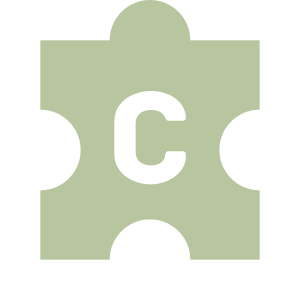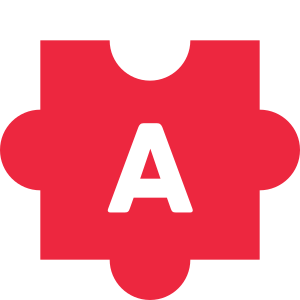SCQA is a framework for structuring information. Using this framework, you can structure your message in a clear, attractive and narrative way. The SCQA framework is used in business, policy and science, among others.
An SCQA has four basic elements. This makes it easy to learn and to use.
S, C, Q and A: the basic ingredients for a good story
The four basic elements of an SCQA are Situation, Complication, Question and Answer. By connecting these elements, you create a logical story flow.

Situation: Functions as a starting point and a common basis. Therefore it primarily contains recognizable and agreed points.

Complication: Spells the reason for acting now. It contains threats / opportunities and the hurdles that need to be overcome.

Question: Asks the question how the hurdles of the C can be overcome. How can prevent the threat or seize the opportunity?

Answer: Provides the answer on how to overcome the hurdles. Explains how this will help deflect the threats or seize the opportunities.
Your audience should first understand your topic and identify with it. You make sure they do, by starting with a familiar starting point: the Situation.
In the Complication you sound the alarm. As a result, the audience pays extra attention and feels the urgency of your story. There is a problem, something must be done!
The Question makes them curious. Will an answer be found?
The Answer makes the story ’round’. You show how the complication is solved, and how the question is answered.
Using the SCQA structure, you’ll communicate better and more easily
You can use the SCQA framework to structure your message. There are two good reasons to do this.
First, the framework will improve the process of making a story. You are more in control of the structure, which helps you decide what to include and what not to include. And it allows you to analyze how the different elements of your message are related.
Second, the SCQA framework generally leads to a better result. A message with an SCQA is comprehensible and interesting and has a pleasant narrative arc. Also, your audience feels the urgency, which makes it more inclined to use your information.
You can use the SCQA in various ways
Originally, the SCQA was developed to improve consultancy reports. Barbara Minto introduced the framework in her famous book The Pyramid Principle.
Luckily, you can use SCQA’s in other domains as well. In fact, people working in any domain may find the SCQA approach useful: from science to business and from non-profit to policy.
Furthermore, you can use the SCQA for a wide variety of media, from a short e-mail, to a pitch, to an entire book or lecture course. And blog posts, scientific papers and funding applications too can be structured in SCQA-style.
By the way: filmmakers and fiction authors use SCQA techniques as well, to create a narrative arc. See if you recognize it in the next movie or series you watch, or the next novel you read.
SCQA example: gamification in physical therapy
An example may help explain what an SCQA looks like in practice:

Situation: People who suffered an accident often train with a physical therapist. To fully recover, they should continue these physical exercises at home. Yet 70% of patients do not do this.

Complication: As a result, they recover much more slowly. Some never fully recover at all. The problem is that they lack motivation. They find their exercises boring or confusing. Or they don’t see any results.

Question: How can we motivate patients to do physical therapy exercises at home?

Answer: By gamification. A webcam feeds the patient’s movements to a video game. This makes the exercises simple to understand and more entertaining. Also will it make progress visible. In this way, patients will continue their exercises at home, allowing them to fully recover, and more quickly so.
You see that ordering S, C, Q and A in this way produces a story that flows very naturally. For many people, the SCQA is an intuitive way to structure information.
Note that the C doesn’t just describe the problem, but also indicates what causes this problem: patients are not motivated. This is the hurdle that must be taken. And so that is what the Question is about.
Most people tend to focus on the Answer.
‘This is what I propose’. ‘This is what my research is about’. ‘This is what I sell’.
With the example above, this would result in something like: we will use gamification with patients who recover at home.
By structuring your message as an SCQA, you present this idea as a solution to a problem. And you relate that problem to a situation with which your audience can identify. This makes your message clear, urgent and interesting.
Want to learn more?
We’re building an online SCQA course. Can you help us make this course super useful (in 1 minute)?

Priscilla is director, trainer and advisor at Analytic Storytelling. We help people to make content-driven stories.



